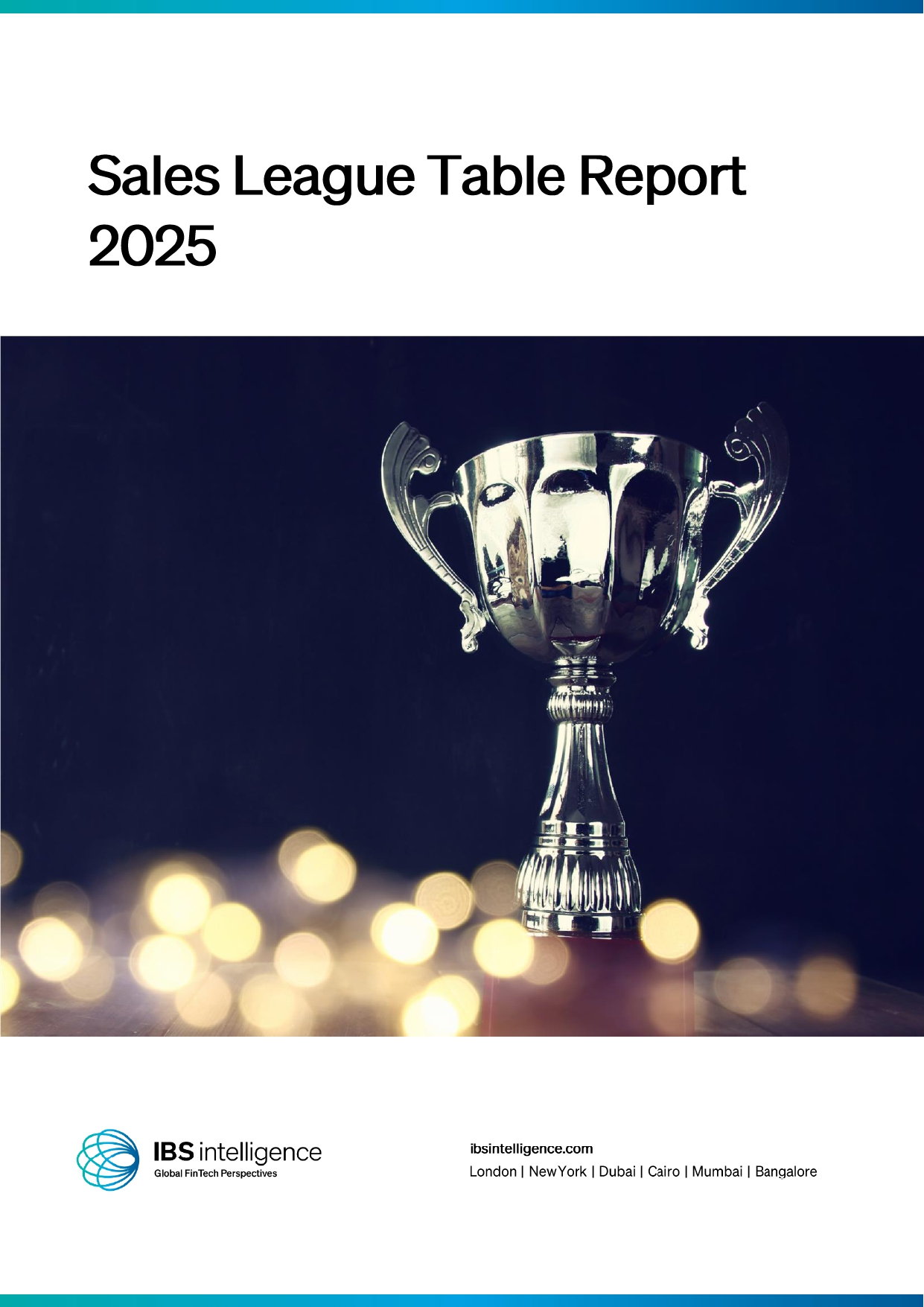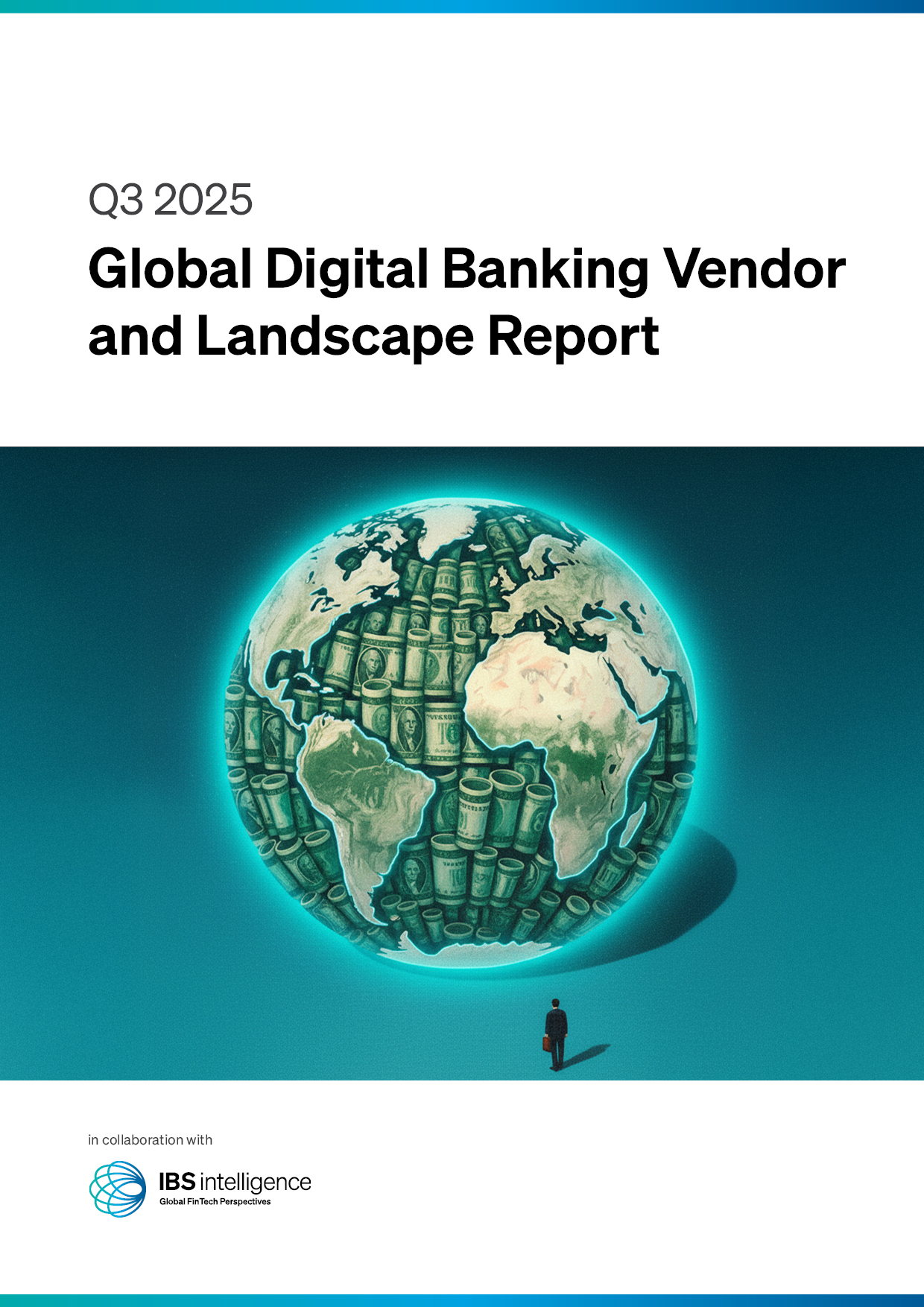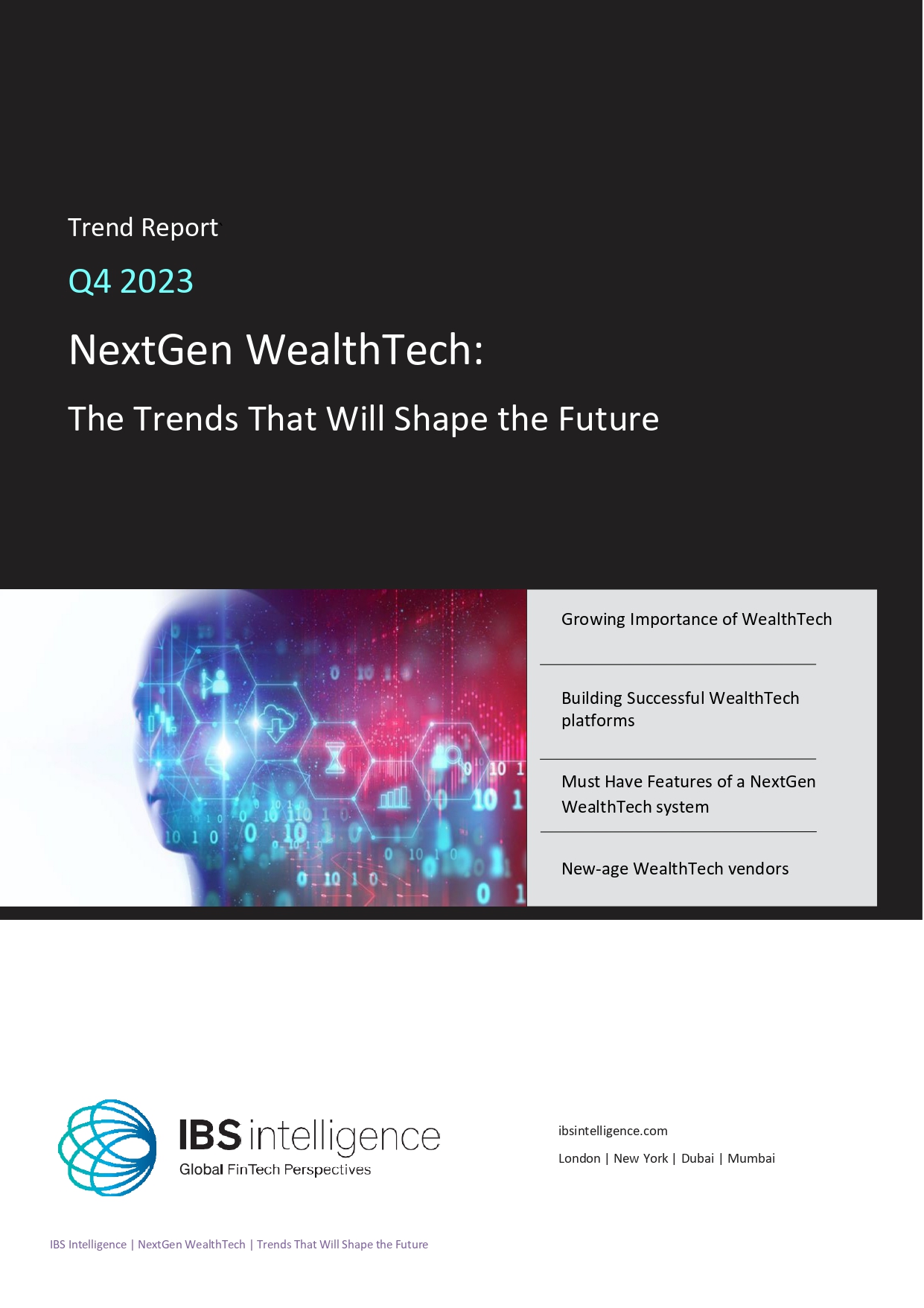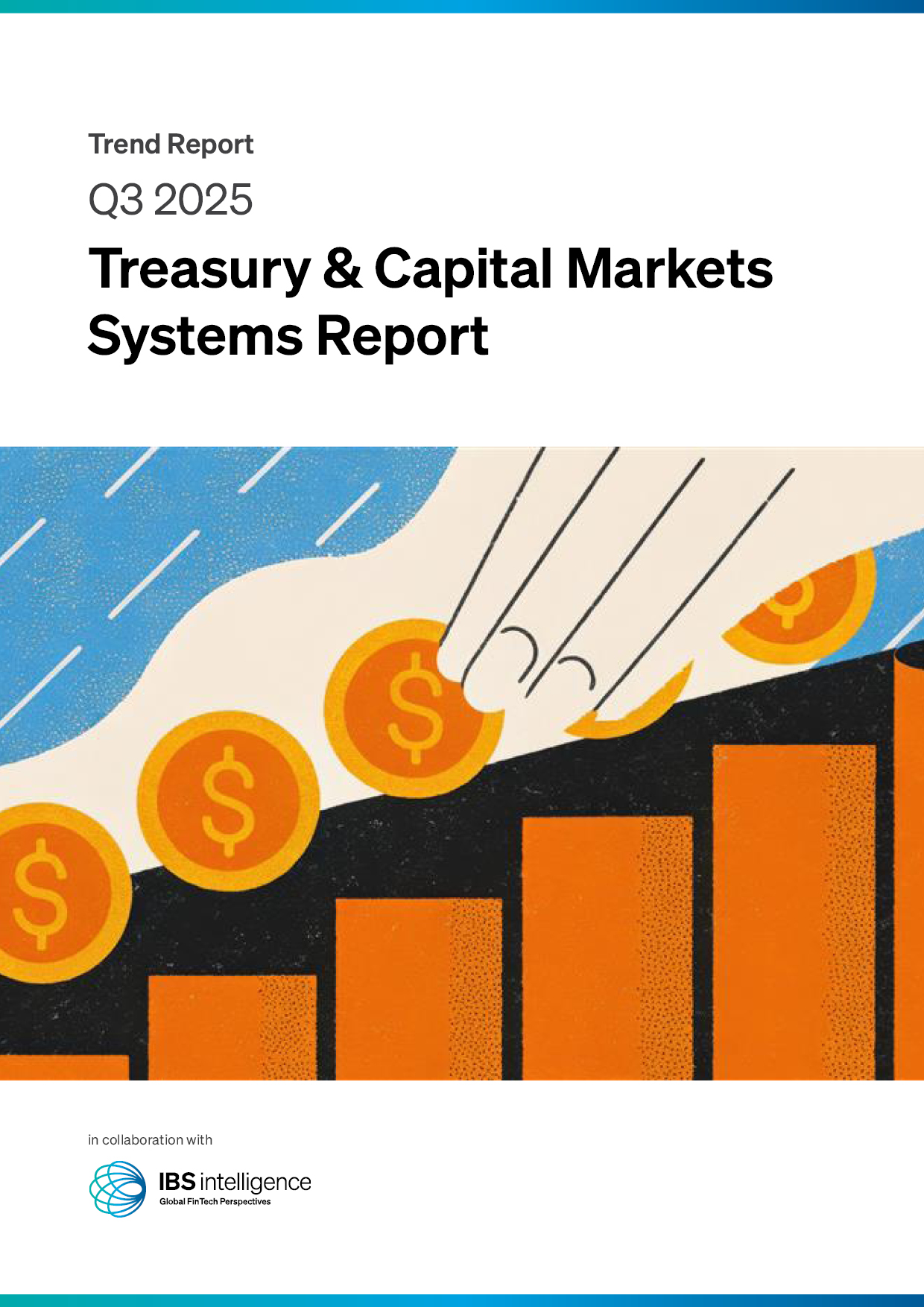 Back
Back
How do chatbots impact customer relations in financial institutions?
By Puja Sharma

Global retail spending over chatbots is forecast to reach $12 billion in 2023, according to Juniper Research; growing to $72 billion by 2028. Increasing by 470% over 5 years, much of this growth will be driven by the emergence of cost-effective open language models, most notably ChatGPT, in regions such as North America and Europe.
Open language models consist of large neural networks that are trained on substantial quantities of online information and learn through low levels of human supervision. They are implemented into chatbots to automate functions such as customer support, marketing, and payment processing.
The Consumer Financial Protection Bureau (CFPB) released a new issue spotlight on the expansive adoption and use of chatbots by financial institutions. Chatbots are intended to simulate human-like responses using computer programming and help institutions reduce the costs of customer service agents. These chatbots sometimes have human names and use popup features to encourage engagement. Some chatbots use more complex technologies marketed as “Artificial Intelligence,” to generate responses to customers.
The CFPB has received numerous complaints from frustrated customers trying to receive timely, straightforward answers from their financial institutions or raise a concern or dispute. Working with customers to resolve a problem or answer a question is an essential function for financial institutions – and is the basis of relationship banking.
“To reduce costs, many financial institutions are integrating Artificial Intelligence technologies to steer people toward chatbots,” said CFPB Director Rohit Chopra. “A poorly deployed chatbot can lead to customer frustration, reduced trust, and even violations of the law.”
Approximately 37% of the United States population is estimated to have interacted with a bank’s chatbot in 2022, a figure that is projected to grow. Among the top ten commercial banks in the country, all use chatbots of varying complexity to engage with customers. Financial institutions advertise that their chatbots offer a variety of features to consumers like retrieving account balances, looking up recent transactions, and paying bills.
Much of the industry uses simple rule-based chatbots with either decision tree logic or databases of keywords or emojis that trigger preset, limited responses or route customers to Frequently Asked Questions (FAQs). Other institutions have built their chatbots by training algorithms with real customer conversations and chat logs, like Capital One’s Eno and Bank of America’s Erica. More recently, the banking industry has begun adopting advanced technologies, such as generative chatbots, to support customer service needs.
Financial products and services can be complex, and the information being sought by people shopping for or using those products and services may not be easily retrievable or effectively reduced to an FAQ response. Financial institutions should avoid using chatbots as their primary customer service delivery channel when it is reasonably clear that the chatbot is unable to meet customer needs.
ChatGPT: The great disruptor
The report predicts that the development of open language models will become a key driver for retail spending growth amongst small and medium retailers that were previously unable to invest in chatbots. Research author, Frederick Savage argued: “Chatbots have historically been a low priority for omnichannel strategies owing to the high cost of training AI-based algorithms. However, ChatGPT has significantly disrupted this trend; lowering the cost of implementation of chatbots for smaller retailers.”
Asia Pacific to account for 85% of global spending in 2023
Additionally, the report forecasts Asia Pacific will account for 85% of global retail spending over chatbots, despite only representing 53% of the global population. Messaging apps, including WeChat, LINE, and Kakao have built strong partnerships with a wide array of online retailers, resulting in high levels of confidence in chatbots as a retail channel.
However, the report predicts that the release of open language models will drive growth outside of Asia Pacific. By 2028, 66% of spend is forecast to be attributable to the region, as online retailers in other areas, such as North America and Europe, implement chatbots into retail activities. To maximise this growth outside of Asia Pacific, the report urges vendors to target online retailers in these two regions.
IBSi FinTech Journal
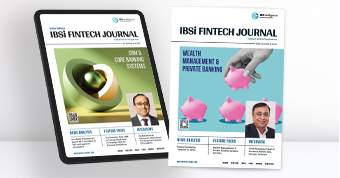
- Most trusted FinTech journal since 1991
- Digital monthly issue
- 60+ pages of research, analysis, interviews, opinions, and rankings
- Global coverage



